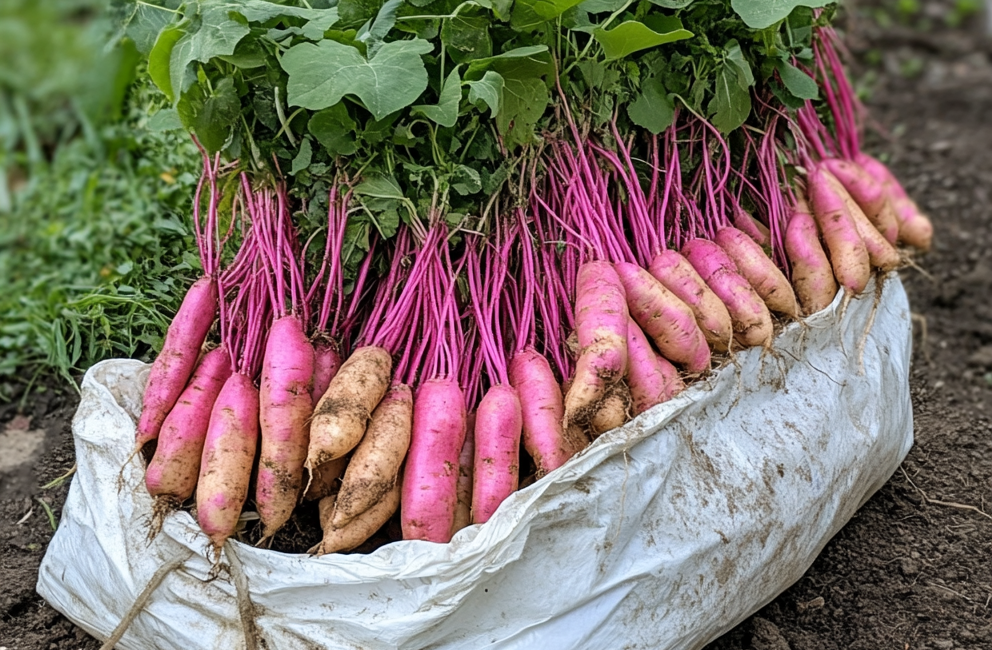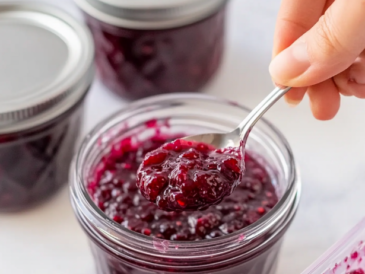Growing sweet potatoes in soil bags is an excellent way to enjoy a plentiful harvest while optimizing space and controlling growing conditions. Whether you’re an urban gardener or looking to maximize your garden area, soil bags can provide the ideal environment for these delicious tubers. Follow these ten essential steps to ensure a successful sweet potato crop.
1. Choose the Right Soil Bags
Selecting the appropriate soil bags is the first step towards growing healthy sweet potatoes. Look for bags made from durable, breathable materials like polypropylene. Ensure the bags have adequate drainage holes to prevent waterlogging, which can lead to root rot. Opt for larger bags, ideally 15-20 gallons in size, to give the sweet potatoes ample room to grow.
2. Prepare the Soil Mix
Sweet potatoes thrive in well-draining, loamy soil. Prepare a soil mix that combines equal parts of high-quality potting soil, compost, and perlite. This mixture will provide the nutrients and aeration that sweet potatoes need to develop properly. Fill the soil bags with this mix, leaving about 3-4 inches of space at the top for easy watering and adding more soil as needed.
3. Select and Prepare Your Sweet Potato Slips
Sweet potatoes are grown from slips, which are shoots sprouted from a mature sweet potato. Purchase healthy slips from a reputable nursery or start your own by placing a sweet potato in a jar of water. Once the slips have grown to about 6-8 inches in length, carefully separate them and remove any excess leaves, leaving just a few at the top.
4. Plant the Slips
Plant the sweet potato slips in the prepared soil bags once the danger of frost has passed and the soil temperature is consistently above 65°F (18°C). Space the slips about 6-8 inches apart and bury them deeply, leaving only the top few leaves exposed. Water thoroughly after planting to help settle the soil around the slips.
5. Provide Adequate Sunlight
Sweet potatoes require full sun to thrive. Place your soil bags in a location that receives at least 6-8 hours of direct sunlight daily. If growing indoors, use grow lights to ensure your plants receive enough light for healthy growth.
6. Watering and Fertilization
Sweet potatoes need consistent moisture, especially during their growing period. Water the soil bags regularly, keeping the soil evenly moist but not waterlogged. Use a balanced fertilizer with equal parts nitrogen, phosphorus, and potassium, or opt for a fertilizer specifically designed for root vegetables. Apply the fertilizer according to the manufacturer’s instructions, usually once a month during the growing season.
7. Support and Manage Vines
Sweet potato vines can grow quite long, so it’s important to provide support if necessary. Use stakes or trellises to help manage the vines and keep them from becoming tangled. Regularly check for any vines that have become too long or unruly, and gently train them to stay within the confines of the soil bag.
8. Monitor for Pests and Diseases
Be vigilant about checking for pests such as aphids, spider mites, and sweet potato weevils, which can damage the plants. Use organic insecticides or natural predators to control infestations. Additionally, keep an eye out for diseases like fusarium wilt and root rot. Ensuring good air circulation around the plants and avoiding overwatering can help prevent these issues.
9. Harvesting Your Sweet Potatoes
Sweet potatoes are typically ready for harvest about 90-120 days after planting, depending on the variety and growing conditions. When the vines start to yellow and die back, it’s time to harvest. Gently dig around the base of the plants with a trowel or hand fork to avoid damaging the tubers. Carefully lift the sweet potatoes out of the soil and allow them to cure in a warm, dry place for about 1-2 weeks to enhance their flavor and sweetness.
10. Storage and Enjoyment
Once cured, store your sweet potatoes in a cool, dark, and well-ventilated area. They can be kept for several months under the right conditions. Enjoy your homegrown sweet potatoes in a variety of dishes, from baked goods to savory sides. Freshly harvested sweet potatoes are not only delicious but also packed with nutrients and flavor.
By following these ten essential steps, you can successfully grow sweet potatoes in soil bags and enjoy a rewarding harvest. Happy gardening!




